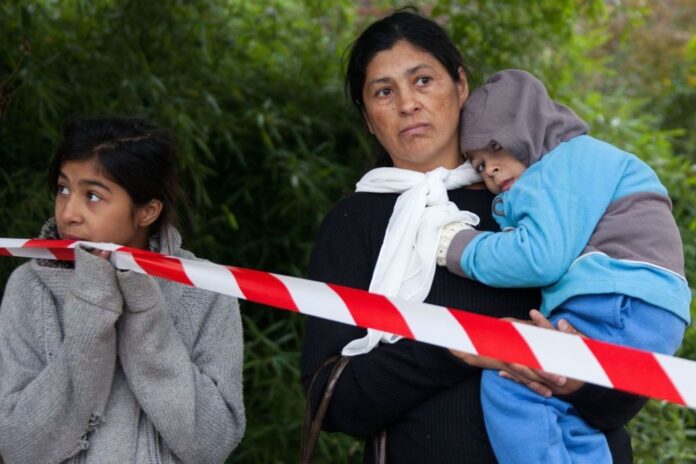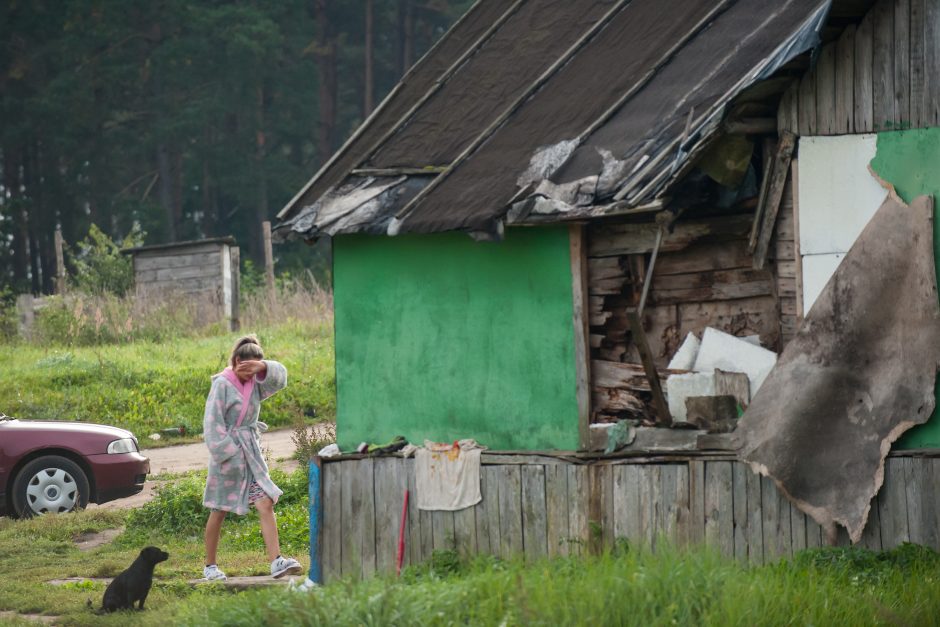
Non-governmental organizations’ (NGO) reports on improving the protection of human and social rights in Lithuania show that progress has been quite slow. Poverty and exclusion indicators of vulnerable groups have remained unchanged year after year.
In its review at the end of February, the Committee on Economic, Social and Cultural Rights noted that despite a number of action plans and programs to facilitate the Roma ethnic group’s access to economic, social and cultural rights, they continued to face social exclusion. At a meeting with the Lithuanian delegation, Committee experts posed questions about asylum seekers and their reception conditions at the border with Belarus, the underrepresentation of women in high-level positions and violence against women with disabilities as well as measures to improve social protection for women with disabilities living in poverty (48.5% of all women with disabilities).
Vytautas Šilinskas, Vice-minister of Social Security and Labour said that the number of Roma children in preschool education had increased to 50%. Almost 87% of Roma households had amenities. Furthermore, Roma people’s income had almost doubled per person over the last five years. Šilinskas said that Lithuania was among the top countries in the world in terms of women’s participation in the labour market, ranking number one in Europe, and led Europe in terms of the proportion of female scientists. Regarding the gender pay gap, information on salaries was public for companies with more than 20 employees. He admitted that there were important issues in Lithuania facing minorities, who represent 2.6% of the population. There has not been a large decrease in the population of national minorities, but one of the reasons for the decline was voluntary assimilation. The rights of minorities were being upheld. On push-backs at the border with Belarus, the government was not welcoming those who were entering illegally, though it did receive the most vulnerable. In 2021, Lithuania’s asylum and reception systems had been overwhelmed, but were currently functioning and abiding by international law. Changes had been made to improve the conditions of migrants.
Refugees mainly arrive from Russia, Belarus, and Tajikistan, although since 2021 there has been an increase in the number of refugees and asylum seekers crossing through Belarus holding Russian, Syrian, Iraqi, and Afghan citizenship.

Jūratė Juškaitė, director of the Lithuanian Centre for Human Rights, said during a news conference that “In the global context, changes in transgender people’s rights and sex education couldn’t be described as in line with the best practice. In Lithuania’s context, however, these are steps forward, albeit small.” She pointed out the failure to ensure protection for same-sex couples and little progress in improving the situation of the Roma community, which remains one of the most marginalized groups.
“A survey carried out in 2022 shows that more than half, or 58.6% of Lithuanian residents, would not want Roma as neighbours but the figure was 62.8% three years earlier. And even though Roma remain one of the most marginalized groups in Lithuania, that distance is getting smaller gradually,” Juškaitė said.
Aistė Adomavičienė, head of the National Anti-Poverty Network, stressed that one in five people in Lithuania faced the risk of poverty, and the situation of people with dependants would not improve even if the minimum wage were raised above the poverty risk threshold.
According to Dovilė Juodkaitė, president of the Lithuanian Disability Forum, the Lithuanian public remains sceptical about schooling children with disabilities and their able-bodied peers together – less than half of respondents, 43%, were in favour of integrated classes.
PHOTO: Vytautas Šilinskas
E-letter text: Experts weigh in on Rights Protection





























